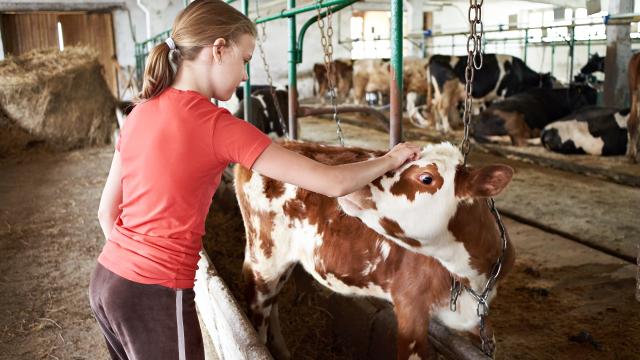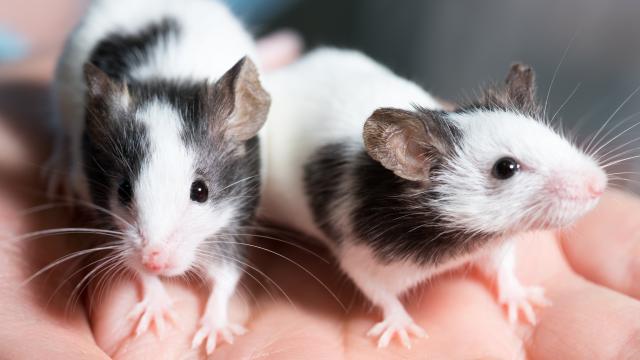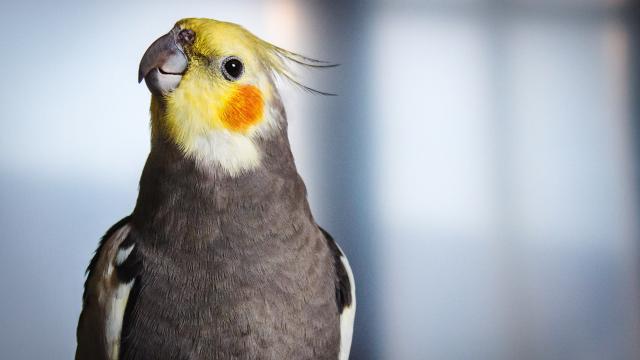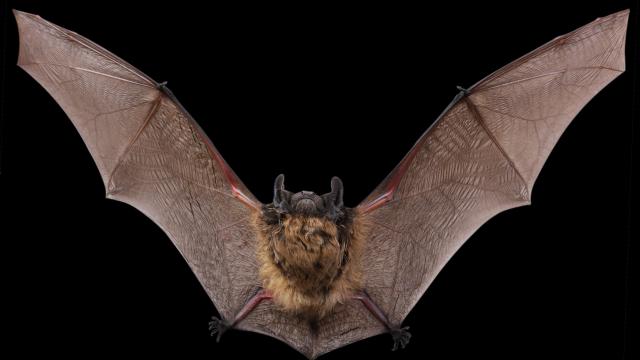Zoonotic Diseases
Zoonotic diseases are infections that are spread between people and animals.
These infections are caused by germs, such as viruses, bacteria, parasites, and fungi.
Some can be severe and life threatening, such as rabies, and others may be milder and get better on their own.
Zoonotic diseases are very common.
More than six of 10 known infectious diseases in people are spread between people and animals.
Backyard Poultry
Live poultry can carry bacteria even though they show no signs of being sick. Those germs can then make people sick.
Brucellosis
Brucellosis is a bacterial disease that may affect various organs of the body, producing a wide variety of signs and symptoms.
Campylobacteriosis
Campylobacteriosis is the most commonly reported cause of bacterial diarrhea in Wisconsin.
Cryptosporidiosis
Cryptosporidiosis is an illness caused by a single-celled parasite. The most common symptom is diarrhea.
E. coli
E. coli is a group of bacteria found in the intestines of people and animals. Most strains are harmless, but some strains can cause illness in humans.
Farm Animals
People who live or work on farms with animals should be aware that even healthy farm animals can pass on diseases to humans through their manure and droppings.
Giardiasis
Giardiasis is an intestinal illness caused by a microscopic parasite. On average it causes 1,200-1,300 reported cases of diarrhea in Wisconsin each year.
Hantavirus
Hantaviruses are a family of related viruses usually carried by rodents. Anyone can get hantaviruses, but people who have contact with rodents or rodent-infested areas are at highest risk of getting sick.
Plague
Plague is an illness usually spread to humans through the bites of infected fleas. Although a handful of people in the U. S. become infected each year, plague has never been reported in Wisconsin.
Psittacosis
Psittacosis is a disease caused by a microorganism. It is usually transmitted to humans from birds.
Q Fever
Q Fever is a disease caused by a bacteria. Although a variety of animals may be infected, cattle, sheep, and goats most often carry the bacteria.
Rabies
The rabies virus is transmitted from infected animals to humans (typically by a bite) and is almost always fatal once symptoms appear.
Raccoon Roundworm
This is a large roundworm parasite that lives in the intestines of raccoons. About half of all raccoons tested in Wisconsin have been found to be infected.
Salmonellosis
Salmonella bacteria can be found everywhere in the environment. In Wisconsin, Salmonella is a common cause of gastrointestinal illness
Ticks and Mosquitoes
Ticks and mosquitoes can spread illnesses to people. Preventing bites from ticks and mosquitoes is the key to avoiding these illnesses.
Tularemia
Tularemia can spread through contact with wild animals such as hares, rabbits, squirrels, muskrats, beavers, and deer. It is also known as rabbit fever.
Typhus Fever
Typhus fever is an illness spread through contact with small mammals that have fleas. People get sick when infected flea poop is rubbed into cuts or scrapes in the skin.
Yersiniosis
Yersiniosis is relatively uncommon, with about 35 cases being reported in Wisconsin annually. Most people who get sick become infected by eating contaminated food.
Resources from the Department of Health Services (DHS)
Safely Caring for a Cat, P-03340 (PDF)
Questions about zoonotic diseases? Contact us!
Phone: 608-267-9003 | Fax: 608-261-4976


















